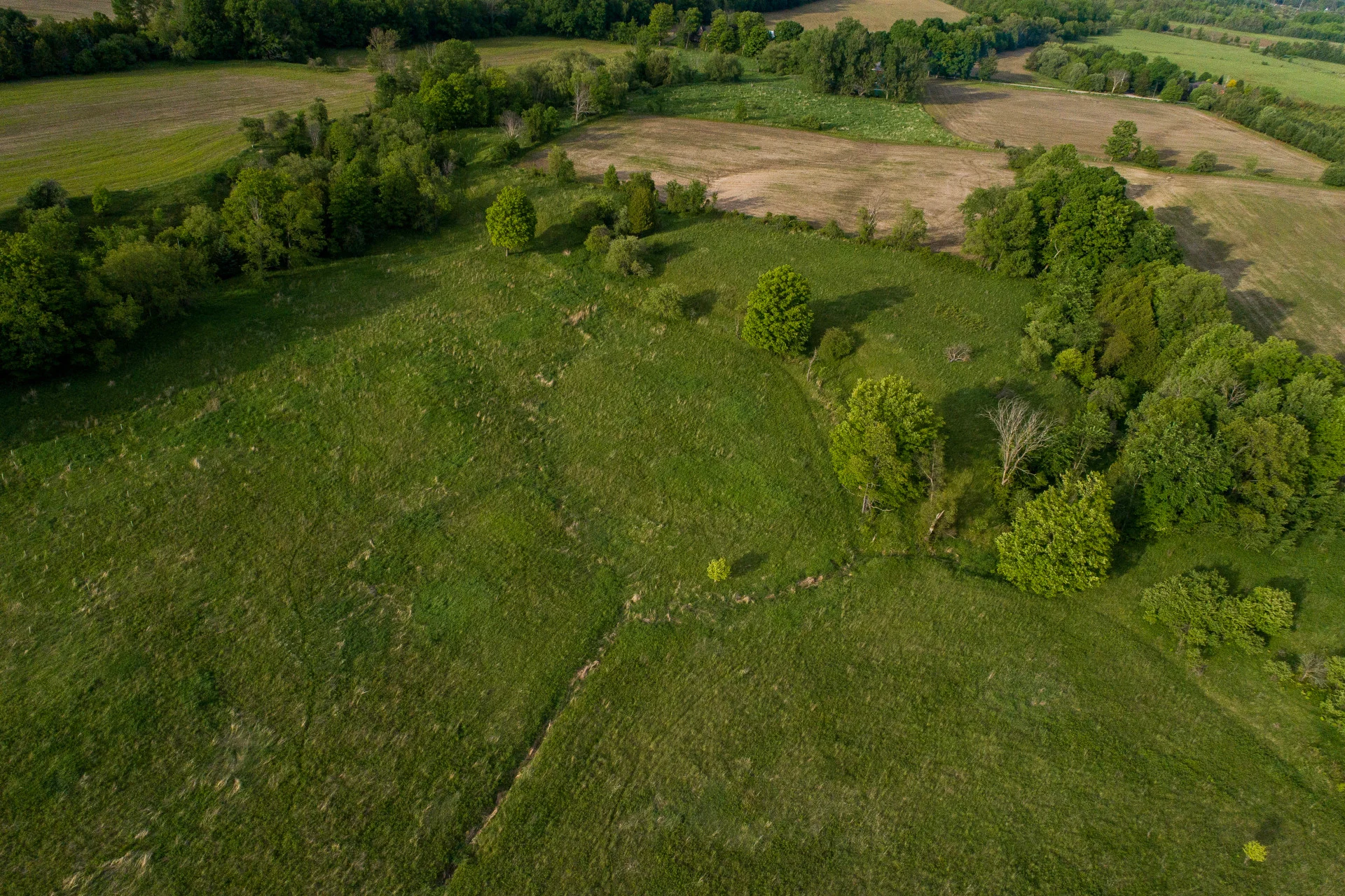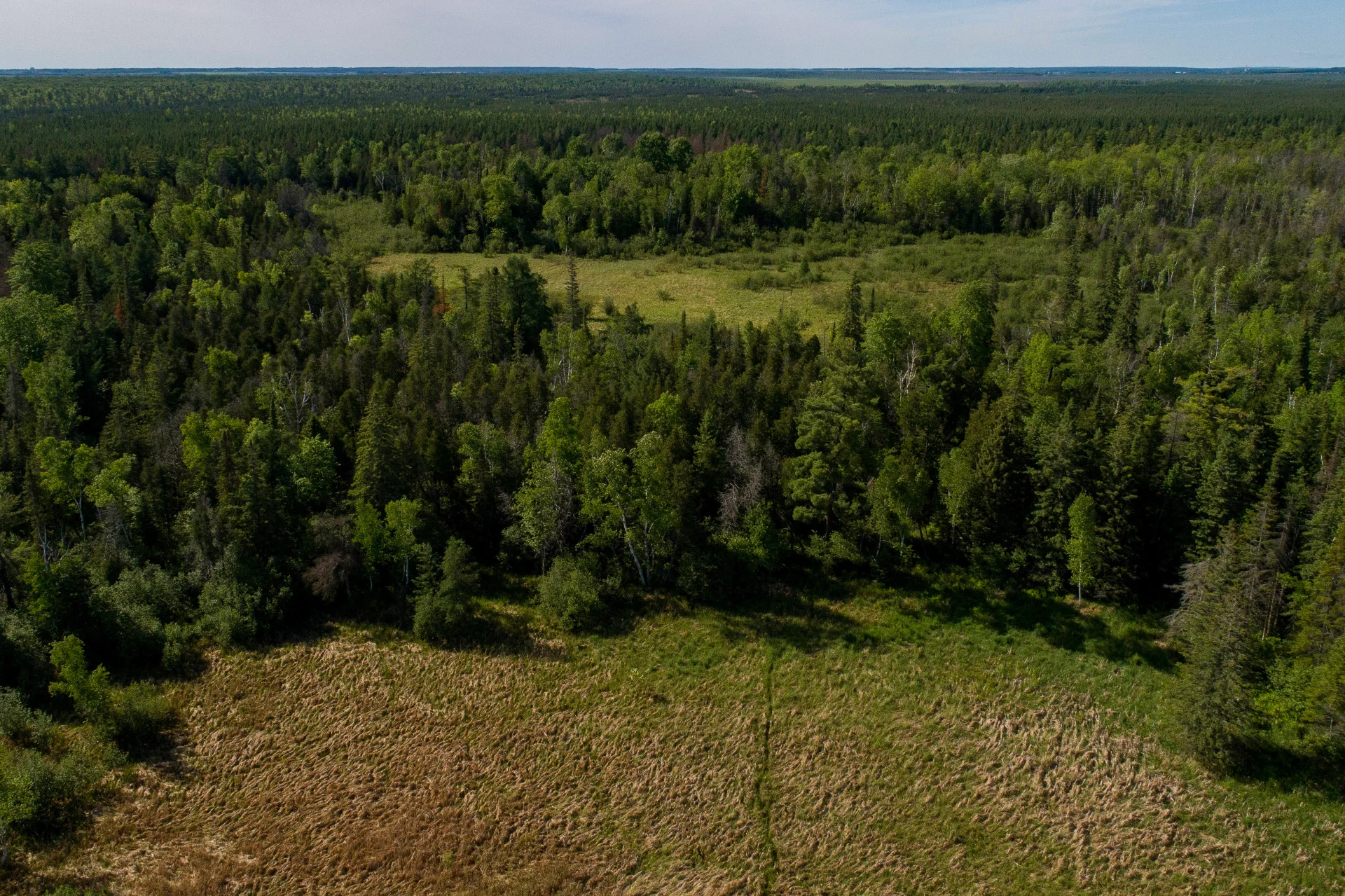
Canada’s “Everglades of the North” has acquired a new protected area
The Minesing Wetlands are an example of how Canada will reach its goal of conserving one quarter of its land by 2025.
Nature lovers have a new region to explore in southern Ontario. The Minesing Wetlands have a newly protected area called the Baldwick Bluff Nature Reserve.
The Minesing Wetlands have been dubbed the “Everglades of the North” due to the shared designation as a Ramsar Wetland of International Importance. Its new 80 acre reserve consists of a sprawling collection of marshes and treed swamps. It’s rich in biodiversity and aims to protect several endangered species including the eastern meadowlark, the bobolink, and the Hine’s emerald dragonfly.
Giving these species a place to thrive is not the only benefit of this newly protected area. Conservation areas like this also help fight climate change, as they are essential for maintaining water quality, mitigating floods, and capturing carbon from the atmosphere. This protection also helps Canada achieve its goal of conserving one quarter of its land by 2025.

Credit: Nature Conservancy Canada
The Minister of Environment and Climate Change, Jonathan Wilkinson commented on this reserve saying, “wetlands are among the most productive and valuable ecosystems in the world and play an important role in the fight against climate change. This new reserve [is an] internationally recognized site.”
Since European settlement, approximately 70 per cent of the wetlands in southern Ontario have already been transformed for alternative uses. The remaining wetlands face challenges, such as pollution, disruption from invasive species, and impacts from the changing climate.
“With an increase in storm events, and dramatic changes in precipitation levels and patterns caused by the climate crisis, protecting wetlands has never been more important,” says the Nature Conservancy of Canada (NCC).
Conservation efforts like the Minesing Wetlands reserve are essential to protect ecosystems. The U.S. Fish and Wildlife Service and the Government of Canada’s Natural Heritage Conservation Program helped put this plan into action.

Credit: Nature Conservancy Canada
Conservation reserves are not only a benefit to the environment but are also recreation areas that visitors can explore. “The Minesing Wetlands are an amazing place — where birds stop over in the tens of thousands during spring migration, fish are plentiful in the rivers, and deer and other wildlife find a protected haven to rest,” says Mike Hendren of the NCC.
“It also provides recreational opportunities from paddling to hiking to snowshoeing.”







